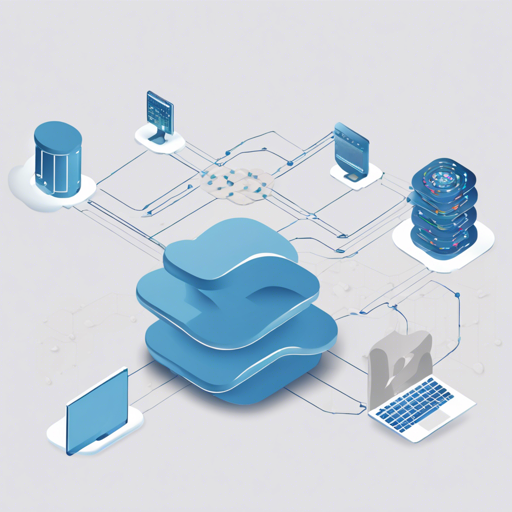YDB is an open-source distributed SQL database that offers high availability, scalability, and the power of strict ACID transactions. If you’re here, you likely want to explore the world of YDB and its advantages for your applications. This guide will provide you with a user-friendly approach to getting started, troubleshooting tips, and helpful insights.
Understanding YDB
Imagine you are managing a library with thousands of books. This library, however, isn’t just any library; it’s one that has to serve many readers simultaneously without ever letting them down. Just like a library needs to track numerous activities — like checking out books or updating information — a well-structured database management system like YDB keeps everything in order, maintaining consistency and quick access while ensuring that no data is lost in case of any problems. YDB achieves this through a unique combination of technologies.
Main Advantages of YDB
YDB stands out for its incredible features which cater to both developers and businesses. Here are some key benefits of using YDB:
- Both row-oriented and column-oriented tables to suit various workloads.
- Fault-tolerant configurations that ensure continuous availability.
- Automatic disaster recovery which minimizes downtime.
- Independent horizontal scalability for storage and compute layers.
- Support for ACID transactions across multiple nodes.
- A rich SQL dialect (YQL) for seamless data manipulation.
Getting Started with YDB
If you’re eager to experiment with YDB, follow these steps:
- Visit the Quick Start guide to set up a single-node cluster for testing.
- If you aim to test fault tolerance or run performance benchmarks, proceed with a multi-node YDB cluster that can be deployed using Ansible or Kubernetes.
Building YDB from Source Code
If you’re interested in diving deeper, you can build YDB from source code. Instructions can be found in the BUILD.md file, and additional details about the Ya Make build system are available in the documentation.
Troubleshooting Tips
When setting up or using YDB, you might encounter some roadblocks. Here are a few troubleshooting tips:
- Ensure your system meets the minimal requirements: YDB runs on x86 64-bit platforms with a minimum of 8 GB of RAM.
- If you’re having trouble connecting, check the network configurations and firewall settings.
- Consult the YDB documentation for insights into errors and common issues.
For more insights, updates, or to collaborate on AI development projects, stay connected with fxis.ai.
Conclusion
YDB offers powerful capabilities for modern database needs, combining the robustness of SQL with the flexibility of distributed systems. With its fault-tolerant architecture and scalability, it is a potent choice for managing vast amounts of structured data. At fxis.ai, we believe that such advancements are crucial for the future of AI, as they enable more comprehensive and effective solutions. Our team is continually exploring new methodologies to push the envelope in artificial intelligence, ensuring that our clients benefit from the latest technological innovations.

